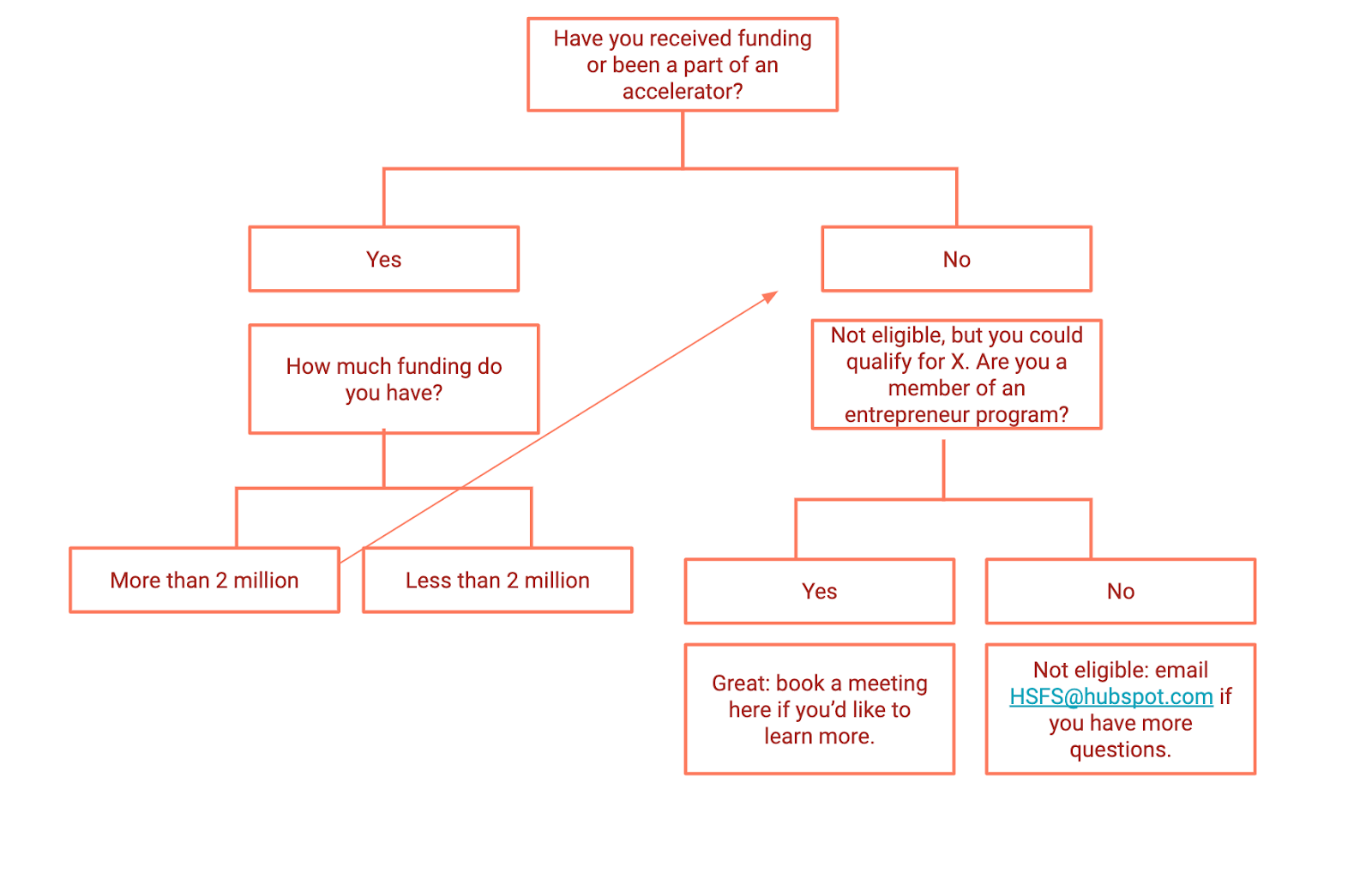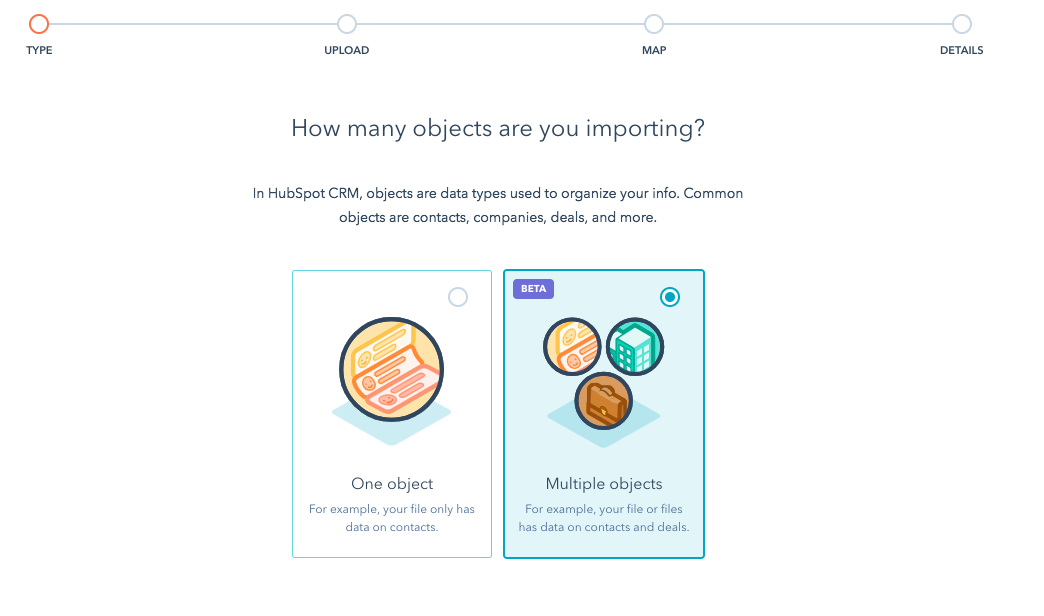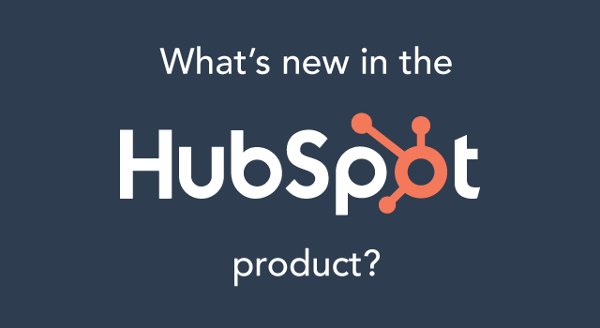Gartner predicts that by 2020 (next year!), customers will manage 85% of their enterprise relationships without interacting with a human. That’s right — no humans means chatbots are on the rise.

A chatbot is a computer program designed to simulate conversation. You’ve probably had a few conversations with chatbots in the past month: when trying to book transportation, when trying to get a prescription refilled, or when you’re on the HubSpot website, just to name a few.
Companies are increasingly relying on chatbots for a couple of reasons:
- 55% of buyers said they would prefer to communicate with companies through messenger. As a business, if you want to meet your customers and prospects where they are in an efficient manner, chatbots are your answer.
- Chatbots save you time and money. If you currently use human power to respond to easy questions, consider using a chatbot here and using that human power elsewhere.
- Chatbots never call in sick. They might be your most reliable employees.
Common use cases for chatbots include:
- Surfacing marketing collateral
- Capturing leads
- Booking meetings
- Creating customer service tickets
Learn about the additional ways chatbots can help your business grow in our video guide.
OK, I know the benefits of having a chatbot. But how do I know if a chatbot is right for my business strategy?
Try answering the following questions:
- Is human bandwidth a constraint?
- Do I need to collect data or report on conversations?
- Is the cost of making a mistake low?
- Do our customers need standardized answers?
If you answered yes to all of the questions above, use a chatbot! More likely though, you probably answered yes to some and no to some. If this is the case, start out by using a chatbot on less-frequented web pages. You can also have a chatbot start the conversation and then transfer the conversation to a human if needed.
Once you’ve figured out if a chatbot will work for your business strategy, the next step is to outline your chatbot.
To outline your bot, ask yourself three questions:
- What is the goal of my chatbot?
- What web page should my chatbot live on?
- Who should see the chatbot?
Next, create a flowchart for your bot. HubSpot’s chatbots are rule-based chatbots, meaning they are powered through a series of defined rules. Rule-based chatbots can stay simple or get complicated; however, they can’t answer questions outside the defined rules. For this reason, making a flowchart for your chatbot and thinking through all possible outcomes will ensure a successful chatbot.
Below is an example of part of a flowchart.

And here’s how the bot would look in action:

Use HubSpot's free Chatbot Builder Software to easily build and launch chatbots on your website — no coding required.
Finally, let’s chat through some best practices to make sure you’re setting your bot up for success.
- Don’t pretend to be human. Having a bot pretend to be a human is illegal in some states.
- Create a helpful error message. In a few instances, chatbots might not work as expected. To mitigate the pain that comes with this, create an error message that includes another way for folks to get in touch with your business.
- Add value before you extract value. The first question of your bot shouldn't be, "What's your email address?" Before asking for information from your end user, make sure they know how you can help them.
- Economize branches when you can. Flowcharts can get messy, so make sure you are combining branches whenever possible.
- Use predefined answers. Instead of allowing folks to type in their answers, use predefined answers to ensure your flow works the way it's intended. If an end user makes a simple spelling error when writing out their answers, your whole chatbot conversation could be thrown off.
Once you've created your chatbot strategy, you're ready to build your chatbot in HubSpot. Follow these step by step instructions to save your company time and money as well as give your prospects and customers fast and accurate answers. Good luck!
Access Your Chatflows in HubSpotWant to connect with others on HubSpot tips, tricks, and updates? Head over to the HubSpot Community to join a conversation or start one of your own.










